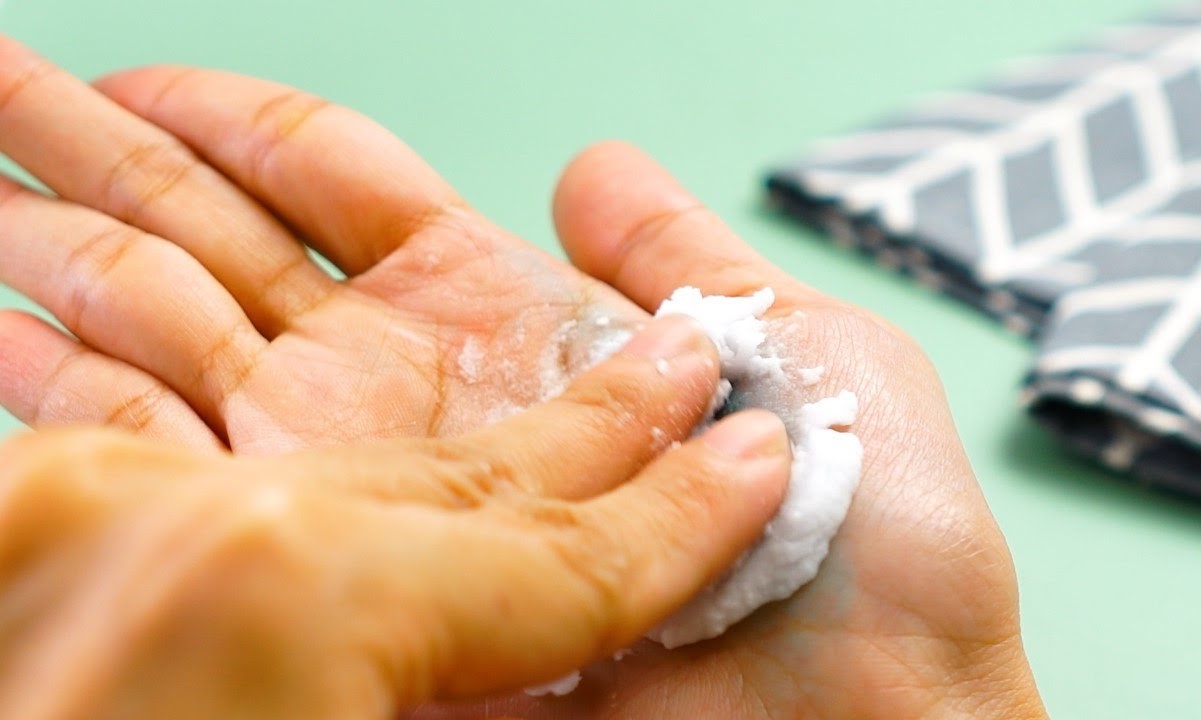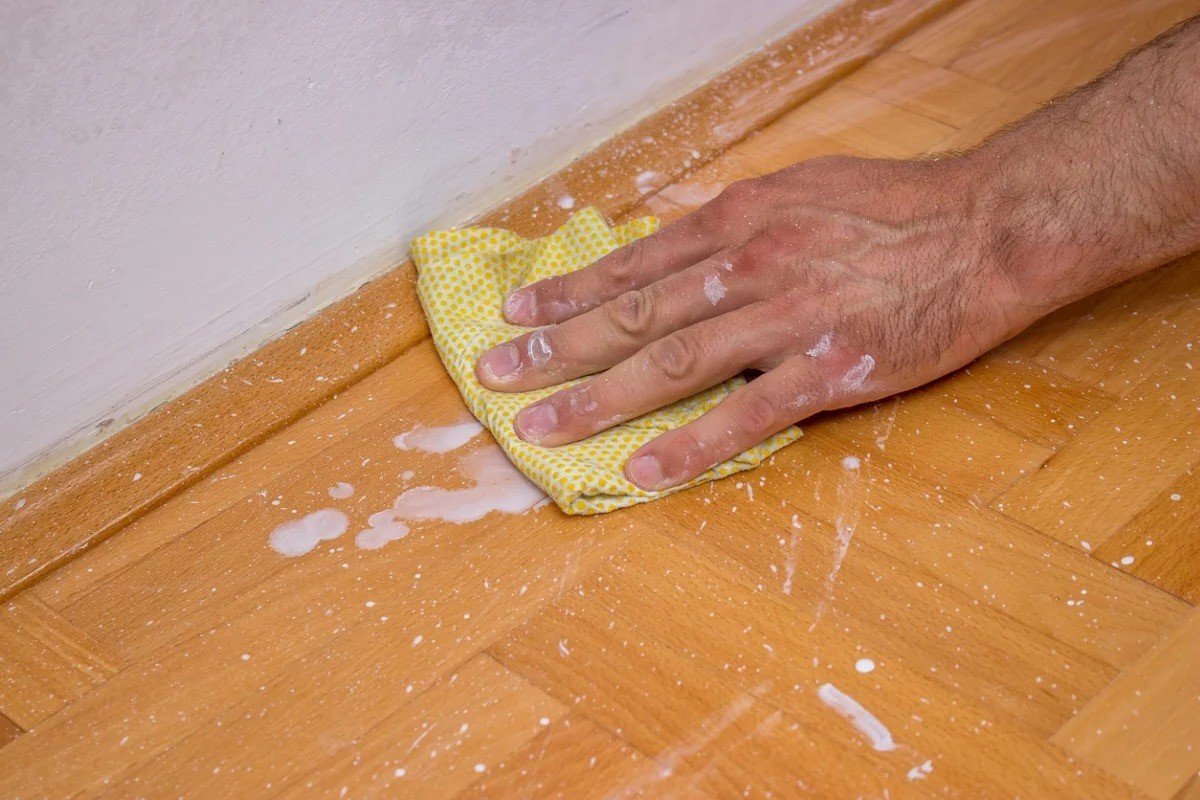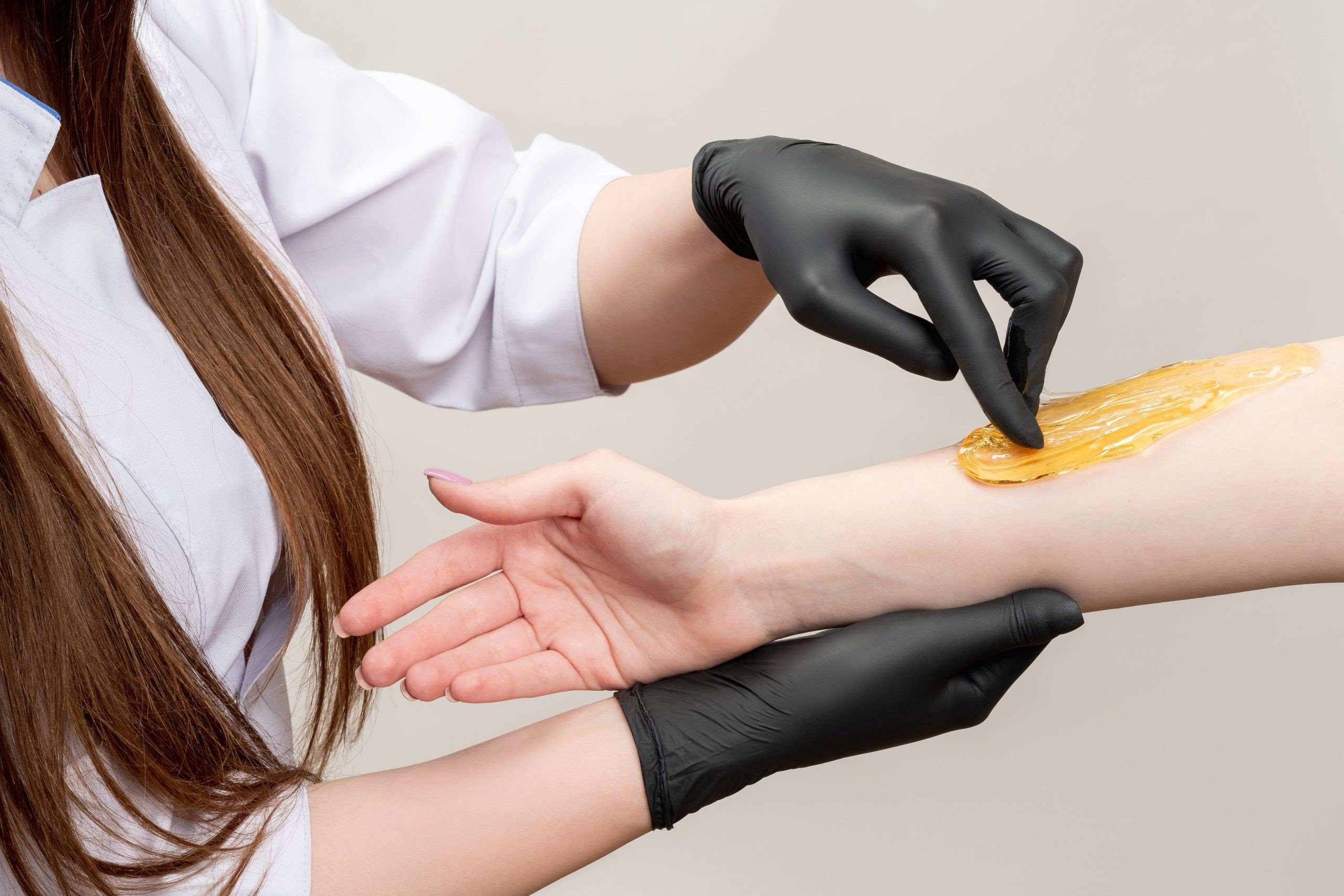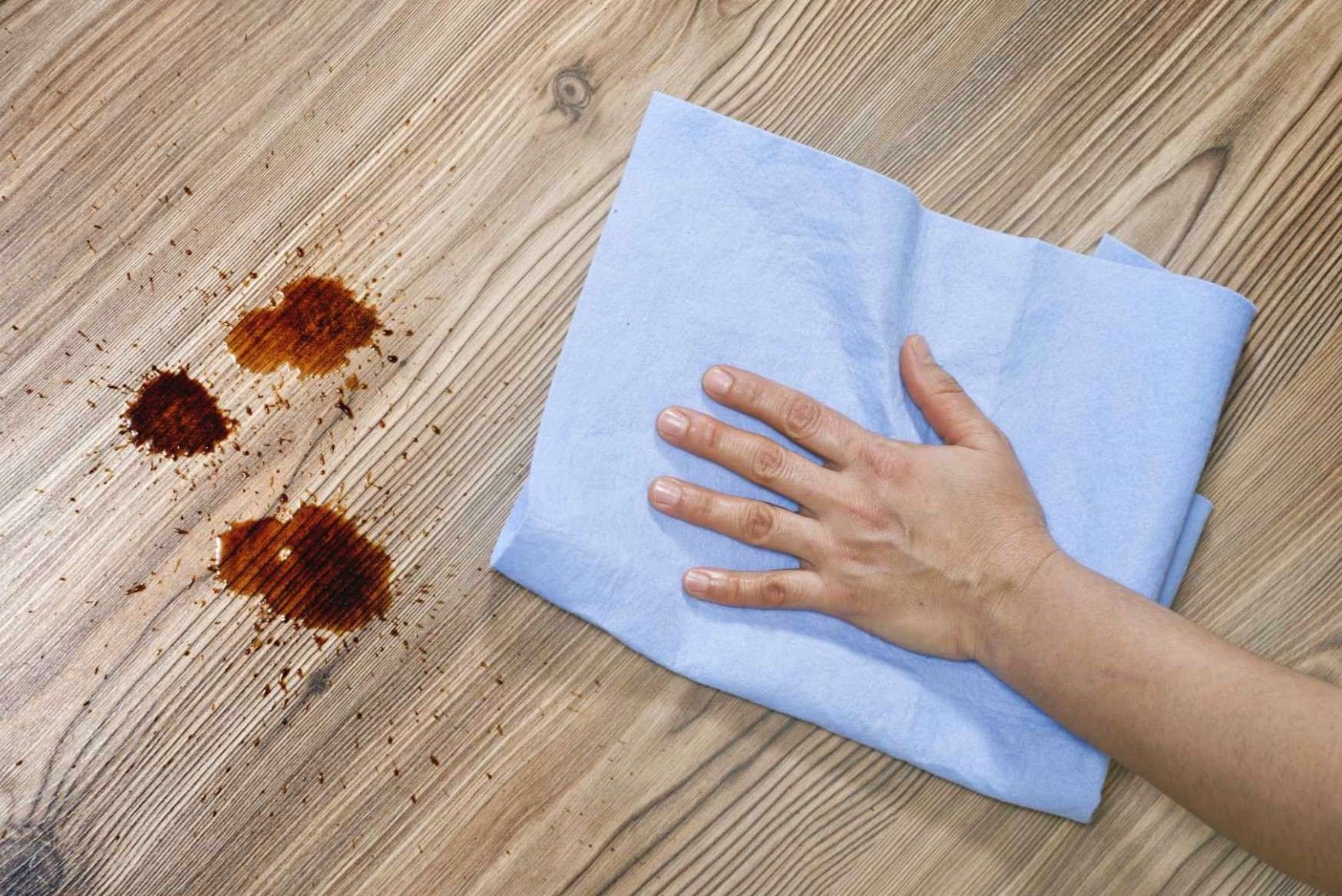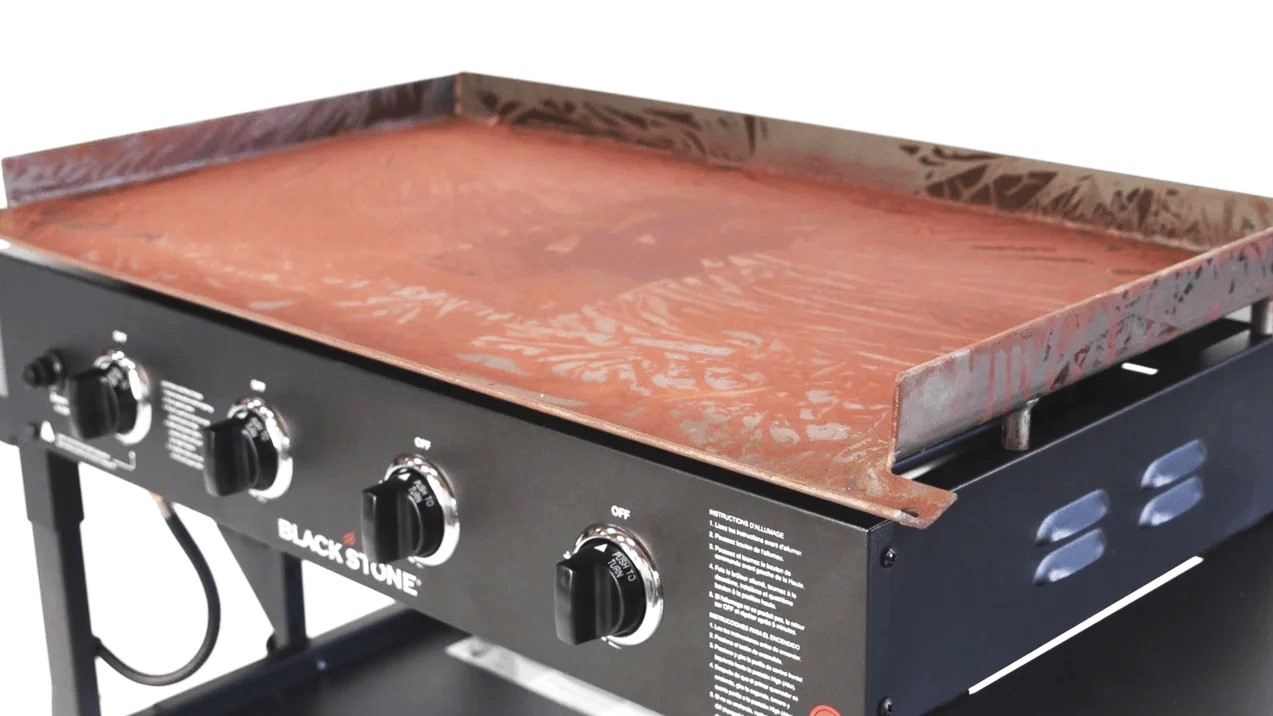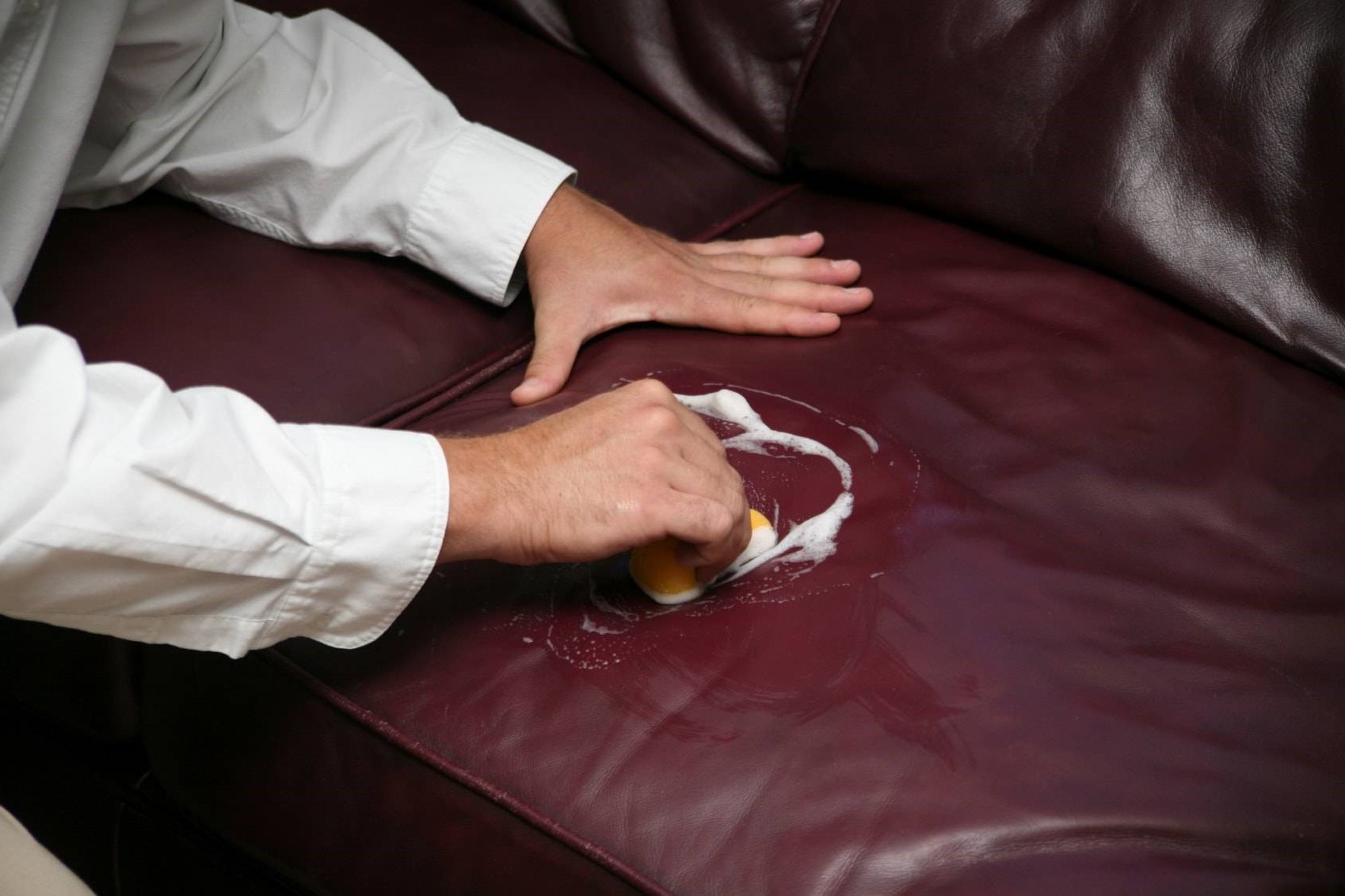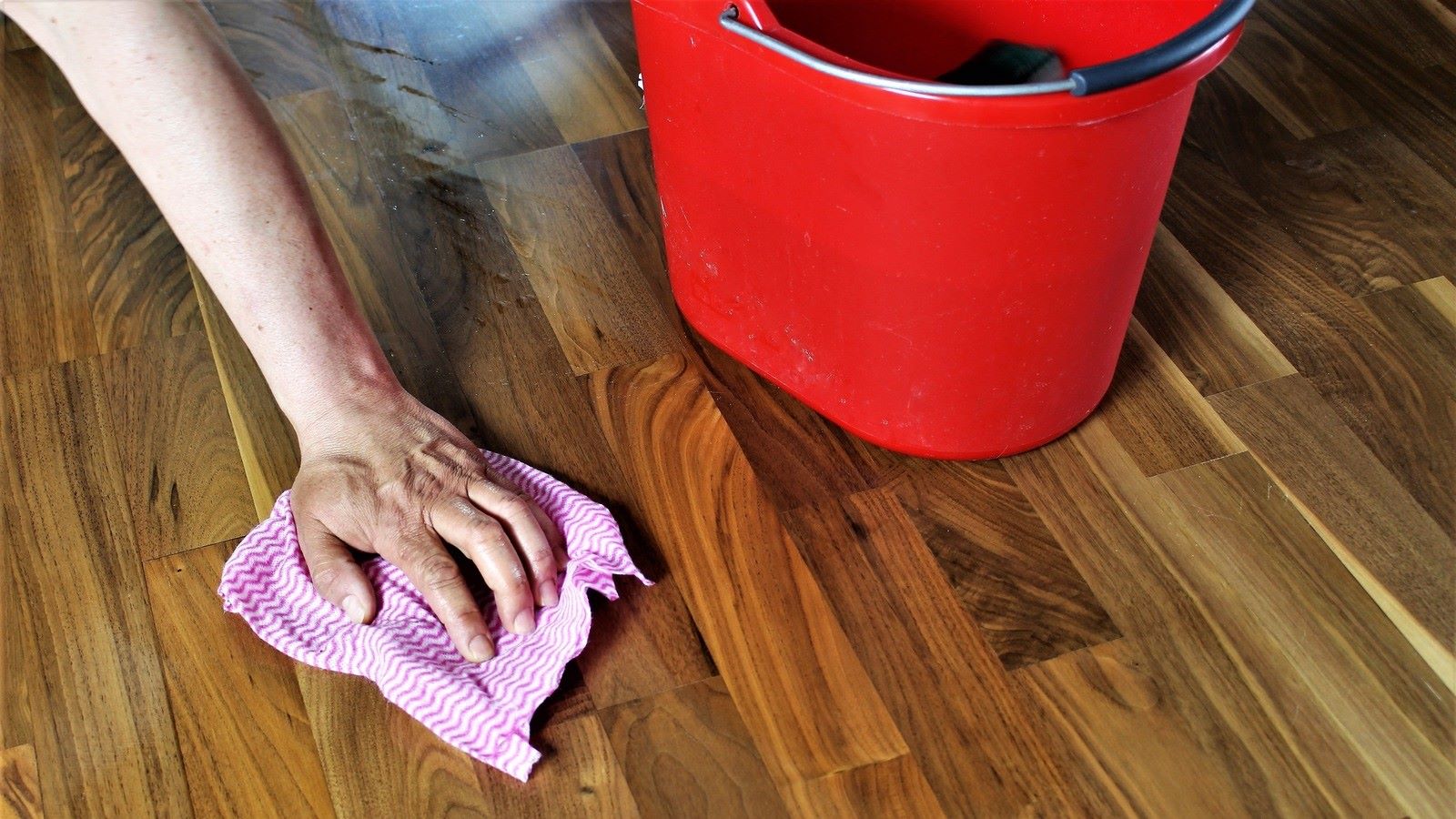Home>Home and Garden>How To Get Epoxy Off Hands
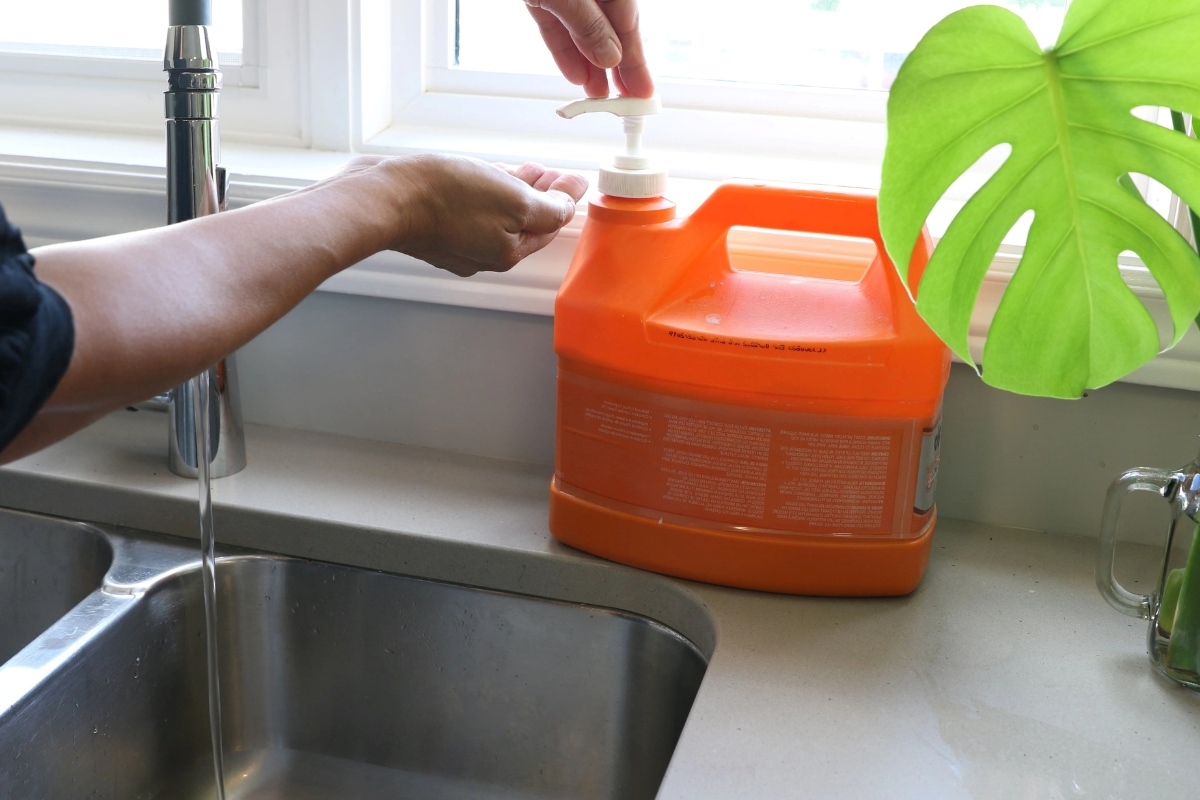

Home and Garden
How To Get Epoxy Off Hands
Published: March 3, 2024
Learn effective methods for removing epoxy from your hands with simple home and garden solutions. Keep your hands clean and safe with these easy tips.
(Many of the links in this article redirect to a specific reviewed product. Your purchase of these products through affiliate links helps to generate commission for Noodls.com, at no extra cost. Learn more)
Table of Contents
Introduction
Epoxy is a versatile and durable adhesive commonly used in various DIY projects, construction, and crafts. While it is renowned for its strength and resilience, it can be quite challenging to remove from the skin, especially when it inadvertently gets on your hands during application. Whether you are a seasoned craftsman or a novice DIY enthusiast, finding epoxy residue on your hands after a project is a common occurrence. However, fret not, as there are several effective methods for safely and efficiently removing epoxy from your skin.
In this comprehensive guide, we will explore various techniques for removing epoxy from hands, including the use of household items and commercial products. Additionally, we will delve into the precautions and safety measures that should be observed when dealing with epoxy removal. By the end of this article, you will be equipped with the knowledge and tools necessary to tackle this common predicament with confidence and ease. So, let's dive in and discover the best ways to bid farewell to stubborn epoxy residue on your hands!
Read more: How To Get Spray Foam Off Hands
Understanding Epoxy
Epoxy is a type of adhesive that consists of two main components: resin and hardener. When these two components are mixed together, a chemical reaction occurs, resulting in a strong and durable bond. This versatile adhesive is widely used in various applications, including construction, woodworking, metalworking, and crafting. Its ability to adhere to a wide range of materials, including metal, wood, plastic, and glass, makes it a popular choice for bonding, sealing, and coating.
One of the key characteristics of epoxy is its exceptional strength and resistance to heat, chemicals, and environmental factors. Once cured, epoxy forms a tough and resilient bond that can withstand heavy loads and harsh conditions, making it an ideal choice for both structural and decorative purposes.
In addition to its strength, epoxy is known for its versatility and ability to be customized for specific applications. It is available in various formulations, including clear, colored, and even metallic finishes, allowing for creative and decorative uses in art, jewelry making, and surface coatings.
When working with epoxy, it is important to exercise caution and follow proper handling and safety guidelines. The uncured epoxy mixture can be sticky and messy, and accidental contact with the skin can lead to the adhesive bonding to the hands, creating a challenging situation for removal.
Understanding the nature of epoxy and its adhesive properties is crucial when it comes to effectively removing it from the skin. By being aware of its composition and characteristics, you can choose the most suitable method for safely and efficiently eliminating epoxy residue from your hands, ensuring a hassle-free cleanup process.
In the next sections, we will explore various methods for removing epoxy from hands, including the use of household items and commercial products, along with essential precautions and safety measures to consider during the removal process. Let's delve into these techniques to equip you with the knowledge and resources needed to tackle epoxy removal with confidence and ease.
Methods for Removing Epoxy from Hands
When it comes to removing epoxy from hands, several effective methods can help eliminate the stubborn residue. Whether you are dealing with uncured or partially cured epoxy, it's essential to choose a removal technique that is safe, efficient, and suitable for your specific situation. Here are some tried and tested methods for removing epoxy from hands:
Using Household Items
1. Soap and Water:
- One of the simplest and most accessible methods for removing uncured epoxy from hands is to wash the affected area with soap and water.
- Gently scrubbing the skin with soap and warm water can help loosen the adhesive, making it easier to remove.
2. Vinegar:
- Vinegar, known for its acidic properties, can be effective in breaking down uncured epoxy.
- Soaking a cloth or cotton ball in vinegar and gently rubbing it over the affected skin can help soften the epoxy, facilitating its removal.
3. Cooking Oils:
- Common household cooking oils, such as vegetable oil or olive oil, can serve as effective solvents for uncured epoxy.
- Applying a generous amount of oil to the affected area and gently massaging it into the skin can help loosen the adhesive, making it easier to wipe away.
Using Commercial Products
1. Hand Cleaners:
- There are specialized hand cleaners and degreasers available in the market that are specifically designed to remove tough adhesives, including epoxy.
- These products are formulated to break down and dissolve stubborn residues, making them an effective option for removing epoxy from hands.
2. Barrier Creams:
- Barrier creams, often used in industrial and manufacturing settings, can act as a protective layer on the skin, preventing epoxy from bonding to the hands.
- Applying a barrier cream before working with epoxy can help minimize skin contact and facilitate easier cleanup.
3. Pumice Soap:
- Pumice soap, which contains abrasive particles, can be effective in mechanically scrubbing away partially cured epoxy from the skin.
- The abrasive action of pumice soap helps exfoliate the skin, aiding in the removal of stubborn epoxy residues.
By employing these methods, you can effectively tackle the challenge of removing epoxy from your hands, ensuring a hassle-free cleanup process and maintaining the health and appearance of your skin. It's important to choose a method that aligns with the type of epoxy and the extent of skin contact, ensuring safe and efficient removal without causing irritation or damage to the skin.
Read more: How To Get Self Tanner Off Hands
Using Household Items
When it comes to removing epoxy from hands using household items, several readily available substances can serve as effective solvents and cleaners. These common items, often found in kitchens and pantries, can help break down and remove uncured epoxy from the skin without the need for specialized products. Here are some household items and their respective methods for removing epoxy from hands:
1. Soap and Water:
One of the simplest and most accessible methods for removing uncured epoxy from hands is to wash the affected area with soap and water. The combination of soap and warm water can help loosen the adhesive, making it easier to remove. By gently scrubbing the skin with soap and warm water, the epoxy residue can be effectively lifted from the skin, restoring its natural texture and appearance.
2. Vinegar:
Vinegar, known for its acidic properties, can be effective in breaking down uncured epoxy. By soaking a cloth or cotton ball in vinegar and gently rubbing it over the affected skin, the vinegar can soften the epoxy, facilitating its removal. The mild acidic nature of vinegar makes it a gentle yet potent solution for dissolving and removing stubborn epoxy residue from the hands.
3. Cooking Oils:
Common household cooking oils, such as vegetable oil or olive oil, can serve as effective solvents for uncured epoxy. Applying a generous amount of oil to the affected area and gently massaging it into the skin can help loosen the adhesive, making it easier to wipe away. The lubricating properties of cooking oils aid in breaking down the epoxy, allowing for effortless removal without causing irritation to the skin.
By utilizing these household items and their respective methods, individuals can effectively address the challenge of removing epoxy from their hands. These readily available solutions not only offer convenience but also provide a safe and accessible means of cleaning and restoring the skin after accidental epoxy contact. Whether it's soap and water, vinegar, or cooking oils, these household items offer effective and practical solutions for tackling epoxy residue, ensuring a seamless cleanup process without the need for specialized products.
Read more: How To Get Bigger Hands
Using Commercial Products
When it comes to removing epoxy from hands, commercial products specifically formulated for adhesive removal can offer effective and efficient solutions. These specialized products are designed to break down and dissolve stubborn residues, providing a convenient and targeted approach to tackling epoxy cleanup. Here are some commercial products and their respective methods for removing epoxy from hands:
1. Hand Cleaners:
Specialized hand cleaners and degreasers available in the market are specifically designed to remove tough adhesives, including epoxy. These products often contain powerful solvents and emulsifiers that effectively break down and dissolve stubborn residues. To use a hand cleaner for epoxy removal, simply apply a small amount to the affected skin and gently massage it in. The cleaner works to loosen the adhesive, allowing for easy removal without causing irritation or dryness to the skin.
2. Barrier Creams:
Barrier creams, commonly used in industrial and manufacturing settings, can act as a protective layer on the skin, preventing epoxy from bonding to the hands. Before working with epoxy, applying a barrier cream can help minimize skin contact and facilitate easier cleanup. These creams create a temporary barrier that prevents the epoxy from adhering to the skin, making it easier to remove any accidental contact or spills.
3. Pumice Soap:
Pumice soap, which contains abrasive particles, can be effective in mechanically scrubbing away partially cured epoxy from the skin. The abrasive action of pumice soap helps exfoliate the skin, aiding in the removal of stubborn epoxy residues. To use pumice soap, simply lather the affected area with the soap and gently scrub to lift off the epoxy. The abrasive particles work to dislodge the adhesive, leaving the skin clean and free from residue.
By incorporating these commercial products into the epoxy removal process, individuals can benefit from their targeted formulations and specialized properties. Whether it's utilizing hand cleaners, barrier creams, or pumice soap, these products offer effective and practical solutions for safely and efficiently removing epoxy from the hands. Additionally, the use of commercial products ensures a hassle-free cleanup process, allowing individuals to restore their skin to its natural state without the need for extensive scrubbing or harsh chemicals.
Read more: How To Get Sticker Residue Off Clothes
Precautions and Safety Measures
When dealing with epoxy removal from the skin, it is essential to prioritize safety and take necessary precautions to minimize potential risks and ensure a smooth and secure cleanup process. Here are some crucial precautions and safety measures to consider:
-
Protective Gear: Before handling epoxy, it is advisable to wear protective gear, including gloves, long-sleeved clothing, and eye protection. These items serve as a barrier between the skin and the epoxy, reducing the risk of accidental contact and minimizing exposure.
-
Ventilation: When working with epoxy, ensure adequate ventilation in the workspace. Epoxy adhesives often contain volatile components that can release fumes during application. Proper ventilation helps disperse these fumes, reducing the risk of inhalation and promoting a safer working environment.
-
Skin Protection: Applying a barrier cream or lotion to the skin before working with epoxy can help create a protective layer, making it easier to remove any accidental spills or splatters. Additionally, covering exposed skin areas can minimize direct contact with the adhesive, reducing the likelihood of skin bonding.
-
Prompt Cleanup: In the event of accidental skin contact with epoxy, it is crucial to address it promptly. Avoid allowing the adhesive to cure on the skin, as this can make removal more challenging. Immediate action can prevent the epoxy from forming a strong bond with the skin, facilitating easier cleanup.
-
Avoid Harsh Chemicals: When choosing solvents or cleaners for epoxy removal, opt for gentle and skin-friendly products. Harsh chemicals can cause skin irritation and dryness, exacerbating the effects of epoxy contact. Selecting mild and non-abrasive solutions ensures a safer and more comfortable removal process.
-
Skin Sensitivity: Individuals with sensitive skin or known allergies should exercise extra caution when working with epoxy. Conduct a patch test with any new products or solvents to check for potential adverse reactions before full application. Prioritizing skin sensitivity helps prevent discomfort and allergic responses.
-
Medical Attention: In the event of skin irritation, prolonged exposure, or allergic reactions to epoxy, seek medical attention promptly. A healthcare professional can provide appropriate treatment and guidance, ensuring the proper care and management of any adverse effects resulting from epoxy contact.
By adhering to these precautions and safety measures, individuals can mitigate potential risks associated with epoxy removal and safeguard their well-being during DIY projects, crafts, or construction activities. Prioritizing safety not only promotes a secure and comfortable working environment but also minimizes the likelihood of skin-related issues arising from epoxy contact.
Conclusion
In conclusion, the process of removing epoxy from hands encompasses a range of effective methods, each tailored to address different scenarios of epoxy contact. Whether it's the utilization of household items such as soap, vinegar, and cooking oils, or the application of specialized commercial products like hand cleaners, barrier creams, and pumice soap, individuals have a diverse array of options to safely and efficiently eliminate epoxy residue from their skin.
Understanding the nature of epoxy and its adhesive properties is crucial when it comes to selecting the most suitable removal method. The versatility and resilience of epoxy make it a valuable adhesive in various applications, but accidental skin contact can pose a challenge. By being equipped with the knowledge and resources to address epoxy removal, individuals can navigate DIY projects, crafts, and construction activities with confidence and ease.
Furthermore, prioritizing precautions and safety measures, such as wearing protective gear, ensuring proper ventilation, and promptly addressing accidental skin contact, is essential for minimizing potential risks and promoting a secure working environment. By taking proactive steps to protect the skin and mitigate exposure to epoxy, individuals can enjoy a safer and more comfortable experience when working with this versatile adhesive.
Ultimately, the successful removal of epoxy from hands not only ensures a hassle-free cleanup process but also contributes to the overall well-being and comfort of individuals engaged in DIY and crafting endeavors. By incorporating the insights and techniques outlined in this guide, individuals can approach epoxy removal with confidence, knowing that they have the necessary tools and knowledge to address this common predicament effectively.
In essence, the journey of removing epoxy from hands is a testament to the resourcefulness and adaptability of individuals when faced with challenges in their creative and practical pursuits. By embracing the diverse methods and safety considerations discussed in this guide, individuals can navigate the world of epoxy with confidence, ensuring a seamless and enjoyable experience in their crafting and construction endeavors.
